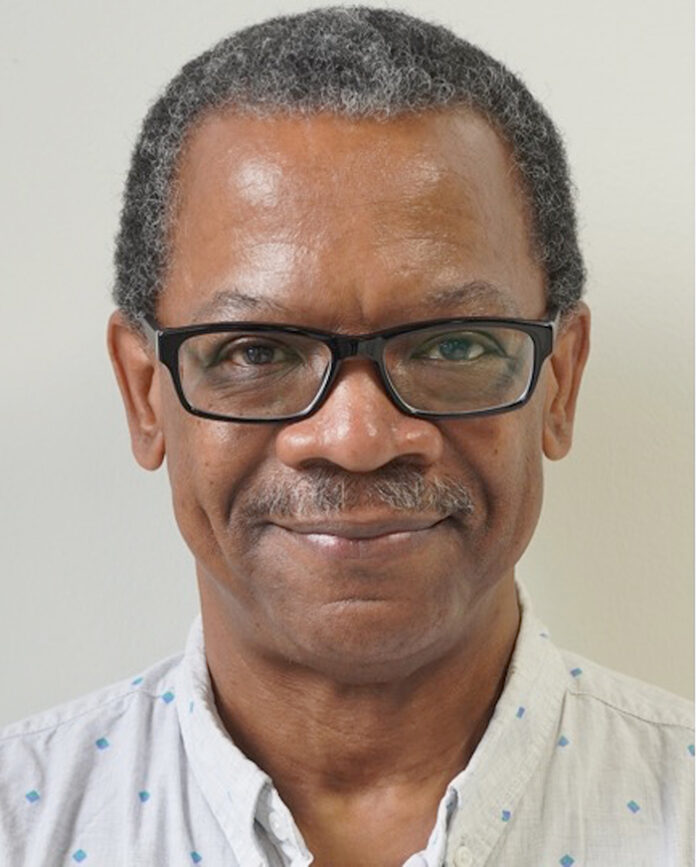BOSTON– For traditional medicines, it would be unthinkable to expect to succeed in their development or to treat patients with them without knowing their dosage. Yet, says James Sherley, President and CEO of stem cell biotechnology Asymmetrex, that is exactly how tissue stem cell medicines are currently developed and used to treat patients. Throughout the history of stem cell medicine, scientists and physicians have tried to develop and apply stem cell treatments without knowing the number of stem cells administered.
This situation has not existed because stem cell dosage is not important. It existed because there was no method available for convenient and accurate determination of the dosage of tissue stem cells used for stem cell medical treatments.
Asymmetrex recently developed the first method for routine, accurate determination of the number and dosage of therapeutic tissue stem cells like blood hematopoietic stem cells, fat-derived mesenchymal stem cells, and stem cells isolated from umbilical cord blood and tissue. Called kinetic stem cell (KSC) counting, the new technology has been available for use by the stem cell medicine industry since late 2018, when it was first introduced by Asymmetrex.
Although some companies and laboratories began evaluation of KSC counting before the COVID-19 crisis, subsequently, general adoption by the stem cell medicine industry and ancillary disciplines and industries, like academic stem cell research and tissue stem cell supply, has been sluggish.
Starting September 8, Asymmetrex plans to begin a new educational activity on its website and social media platforms to highlight critical opportunities for greater progress that were lost in reported research and clinical studies because the authors did not quantify the number and dosage of the tissue stem cells in their studies. The new site will be called, “A Stem Cell Count Would Have Made It Better.”
Asymmetrex CEO Sherley says that he hopes the new educational site will prove beneficial for the entire stem cell industry. “Yes. We are inviting the authors to respond to our review of their studies that overlooked tissue stem cell counting and the missed opportunities that we identify in their work as a result. We hope that this will prove to be a constructive engagement that helps to accelerate progress in tissue stem cell research and stem cell medicine. Patients are waiting for better stem cell medicines; and better stem cell medicines can only be had if we advance to better stem cell science.”


